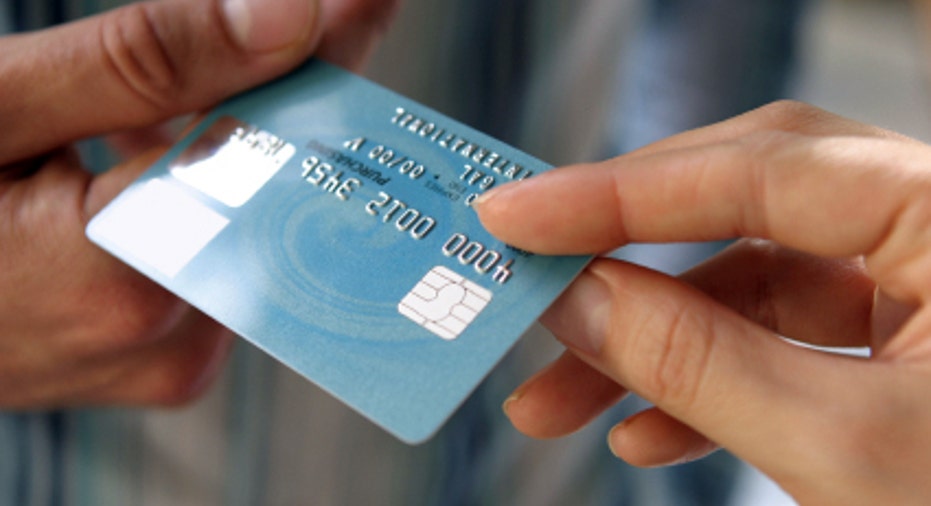Cut Available Credit to Boost Credit Score?

Dear Credit Card Adviser, Someone told me that a high available credit limit lowers your credit score even if no credit balance is carried. For example, I have two cards with a $30,000 credit limit on each and one with a $15,000 credit limit. I only use the one with a $30,000 credit limit for hotel rooms, vacations or large purchases. The balance rarely exceeds $2,000. I was told to lower the maximum allowable limits to under $10,000 each to increase my credit score. Is this true? -- Brian
Dear Brian, It is not true. You should go back to that someone and tell him or her to stop spreading bad credit score advice.
At the heart of your question is the debt utilization rate, part of what makes up a credit score. The FICO credit score, the most widely used scoring model, has five components in the following order of importance: payment history, amounts owed, length of credit history, new credit and mix of credit.
The amounts-owed category contributes 30% to your overall credit score and factors in the overall amount owed, the amounts owed on each account, number of accounts with a balance, percentage of credit limits used, percentage still owed on installment loans and, in some cases, the lack of certain types of balances.
What we're dealing with is the percentage of credit lines used, also known as the utilization rate. The scoring model looks at how much of the available credit you use on revolving loans such as credit cards or home equity lines of credit -- for each account and in total. The lower the percentage of all of these, the better your credit score will be.
For example, in your case, if you owe $2,000 on a credit card with a $30,000 credit limit, then your utilization rate is 6.67%, that is the balance divided by limit. For all three cards combined, which is $75,000 in available credit, the utilization rate is 2.67%, or the balance divided by total available credit. This is excellent.
Most personal finance experts recommend keeping your utilization rate for each account, and across all your accounts, less than 10%. So, you're doing well just the way you are.
Here's an interesting tidbit, compliments of John Ulzheimer, president of consumer education at SmartCredit.com. A 1% utilization rate is slightly better for your credit score than a zero percent utilization rate. On the opposite end, a 100% rate is slightly worse than a 101% utilization rate. Go figure.
But here's one thing to keep in mind. Issuers will close inactive credit card accounts. So, make sure to charge a little something -- gas or groceries -- on each of your three cards at least once a quarter to keep the account active. A closed account, whether you initiate it or your issuer does, can hurt your credit score because it lowers your overall available credit.
Oh, and make sure to pay off your balances entirely every month. It doesn't do beans for your credit score, but it's a smart financial habit and saves you on interest. Otherwise, keep up the good work.
Bankrate's content, including the guidance of its advice-and-expert columns and this website, is intended only to assist you with financial decisions. The content is broad in scope and does not consider your personal financial situation. Bankrate recommends that you seek the advice of advisers who are fully aware of your individual circumstances before making any final decisions or implementing any financial strategy. Please remember that your use of this website is governed by Bankrate's Terms of Use.